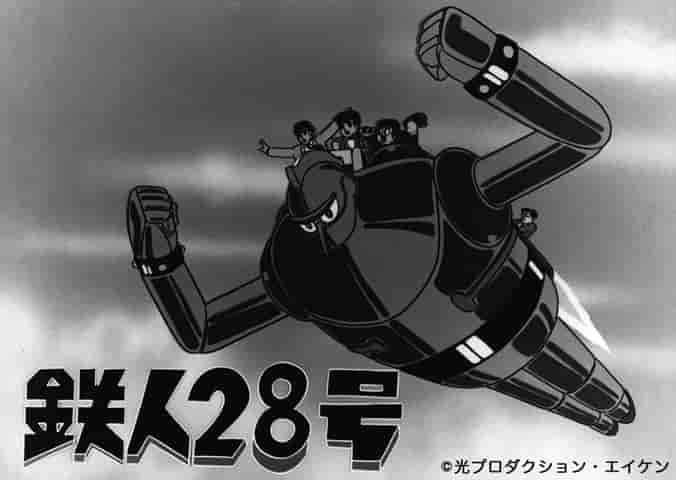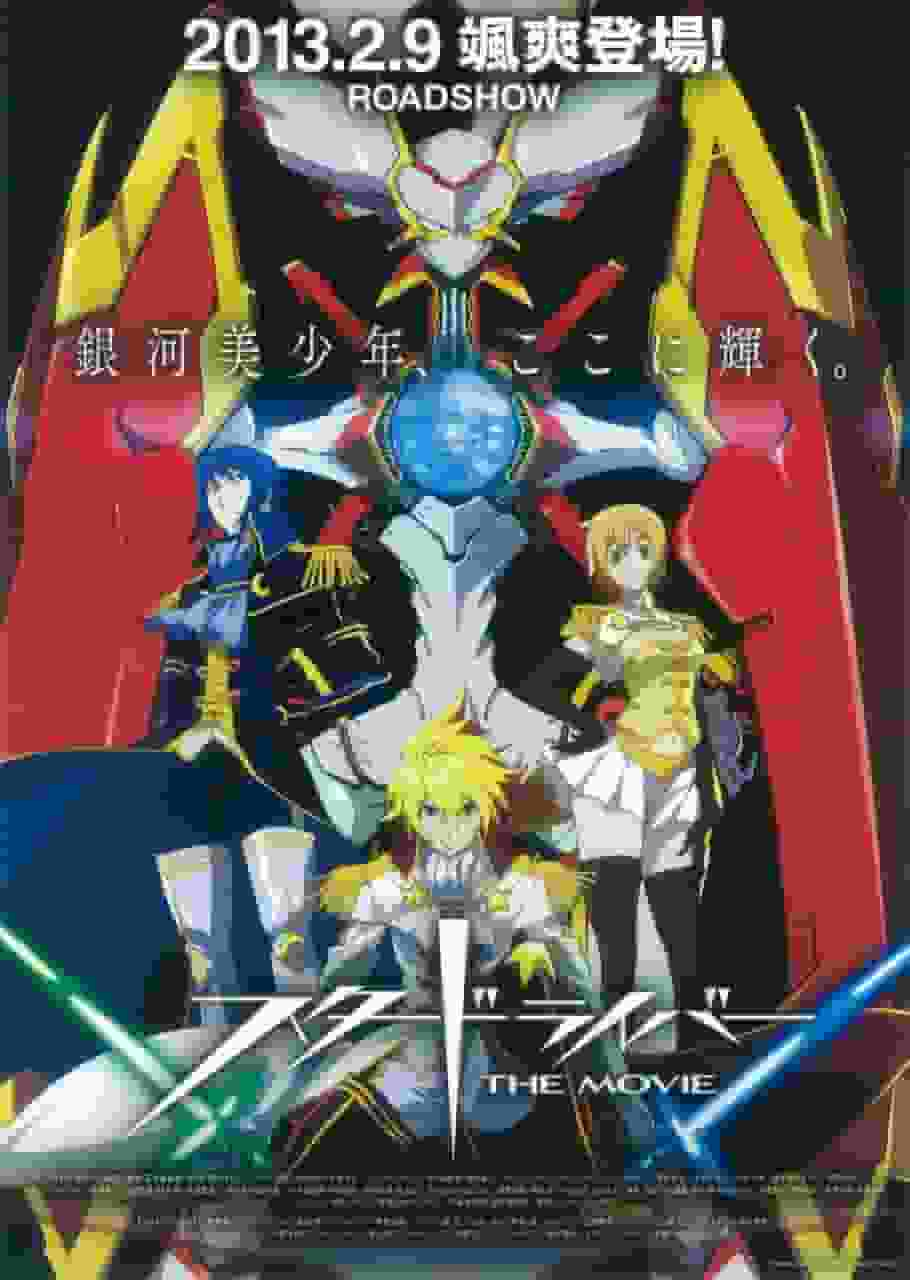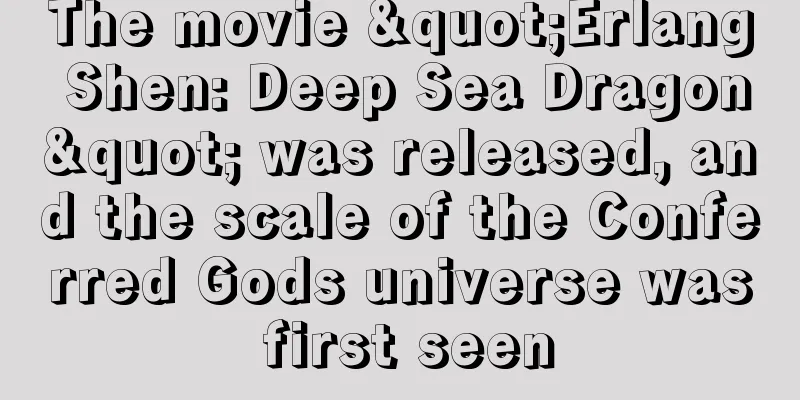Tetsujin 28: The appeal and reputation of the classic robot anime

Tetsujin 28: A monumental giant robot anime■ Public MediaTV anime series ■ Original Mediacomics ■ Broadcast period Period 1: October 20, 1963 - May 25, 1966 Broadcast every Sunday from October 20, 1963 to May 27, 1965, 20:00 - 20:30 * Until April 5, 1964, episode 25 Broadcast every Thursday from 19:00 - 19:30 * From April 16, 1964, episode 26 onwards Period 2: September 1, 1965 - November 24, 1965, rebroadcast until May 25, 1966, 18:15 - 18:45 onwards ■Broadcasting stationFuji TV Network ■Frequencieshalf an hour ■ Number of EpisodesEpisode 97 ■Original StoryMitsuteru Yokoyama (serialized in the magazine "Shonen") ■ ProductionTCJ (now Aiken) ■Works©Hikari Production Aiken ■ Story At the request of the former Japanese military, Dr. Kaneda created the giant robot Tetsujin 28. Depending on how it is controlled by the remote control, Tetsujin can become either a champion of justice or a minion of the devil, and various evil organizations plot to get their hands on him. ■Explanation Based on Mitsuteru Yokoyama's representative manga, this work is a monumental work in the early days of television anime. At the same time, it is the root of one of the representative genres of Japanese anime, "giant robots," and has had a strong influence on many works, including "Mazinger Z." ■Cast・Shotaro Kaneda/Kazue Takahashi ・Dr. Shikishima/Minoru Yada ・Chief Otsuka/Koichi Tomita (now Kosei Tomita) ■ Main staff・Original story by Mitsuteru Yokoyama (serialized in the magazine "Shonen") ■ Main Characters Shotaro Kaneda is a young detective who fights against evil alongside his father's son, Tetsujin 28. ■ Main robot items -Tetsujin 28: A robot developed by the former Imperial Japanese Army as a weapon to turn things around. ■ Theme songs and music・OP The appeal and influence of Tetsujin 28Tetsujin 28-go is a Japanese anime series that aired from 1963 to 1966, and its historical significance and influence are immeasurable. Based on the original manga by Mitsuteru Yokoyama, this work established a new genre of giant robots and had a huge influence on later anime works. Below, we will take a closer look at the appeal and influence of Tetsujin 28-go. Story and characters of Tetsujin 28The story of Tetsujin 28 revolves around a giant robot called Tetsujin 28, developed by Dr. Kaneda at the request of the former Japanese military. Tetsujin 28 is controlled by remote control and can be either a champion of justice or a tool of evil. This setting was a precursor to themes such as "the relationship between pilot and robot" and "robot autonomy" in later robot anime. The main character, Shotaro Kaneda, is a young detective who follows his father's wishes and uses Tetsujin 28 to fight against evil organizations. Shotaro's character is full of courage and a sense of justice, and made a strong impression on viewers. In addition, supporting characters such as Dr. Shikishima, Chief Otsuka, and Kenji Murasame are also unique and play an important role in adding excitement to the story. Technology and innovation in anime productionAlthough Tetsujin 28 was produced in the early days of television animation, it was also revolutionary in terms of production techniques. In particular, the ingenuity used to realistically depict the movements of the giant robot and the intricacy of the background art were groundbreaking for the time. In terms of storytelling, too, each episode featured a different villainous organization or incident, successfully capturing the interest of viewers. Thanks to the efforts of the staff, including chief director Kazuo Ihara, Tetsujin 28 was completed as a high-quality animation. The music was also by Hidehiko Arashi, and the theme song "Tetsujin 28" and the ending song "Shotaro March" are still loved by many fans today. Social impact of Tetsujin 28Tetsujin 28 established a new genre of giant robots and had a major influence on subsequent anime works. In particular, it can be said that "Mazinger Z" and the "Gundam" series, which sparked the robot anime boom from the 1970s onwards, were heavily influenced by Tetsujin 28. Tetsujin 28 also aroused children's interest in science and technology, inspiring some to become scientists and engineers. Furthermore, by depicting universal themes such as the conflict between good and evil, friendship and courage, it deeply touched viewers. These elements are one of the reasons why Tetsujin 28 continues to be loved to this day. The remake of Tetsujin 28 and its reviewsDue to its popularity and influence, Tetsujin 28 has been remade many times. A new anime series was produced in the 1980s, and a remake using CG was released in the 2000s. These remakes convey the appeal of the original to the modern day while incorporating new perspectives and techniques, making them popular with a wide range of generations. In particular, the 2004 remake of "Tetsujin 28" was highly praised for faithfully recreating the original story while using CG technology to create realistic visuals. The 2010 film version of "Tetsujin 28" also drew attention for its story that delved deeply into the themes of the original and its all-star cast. These remakes have reaffirmed the universal appeal of Tetsujin 28 and have provided new entertainment for fans. Tetsujin 28 fan community and eventsTetsujin 28 continues to be loved by many fans even after the series has ended. This is evidenced by the popularity of Tetsujin 28 cosplay and merchandise at anime events and comic markets held all over the country. In addition, fans are active on the Internet, exchanging information and posting fan art, and communities have formed through social media and blogs. In addition, there are fan clubs and official events for Tetsujin 28, where fans can interact with each other and share new information. These activities play an important role in rediscovering the appeal of Tetsujin 28 and passing it on to the next generation. Tetsujin 28-go merchandise and collector's itemsThere is a wide range of merchandise for Tetsujin 28-go, including figurines, models, T-shirts, and posters. These goods are memorabilia for fans and valuable as collector's items. In particular, limited edition figurines and reproduction models are highly rare and can be traded at high prices. Additionally, the original manga and anime DVDs and Blu-rays of Tetsujin 28 are also popular and have become must-have items for fans. These goods recreate the world of Tetsujin 28 and are an important element in supporting the passion of fans. The educational value of Tetsujin 28Tetsujin 28 not only stimulates children's interest in science and technology, but also has educational value by depicting universal themes such as the conflict between good and evil, friendship and courage. In particular, Shotaro's courage and sense of justice have a positive influence on children, helping them develop moral judgment. The story of Tetsujin 28 also depicts the progress of science and technology and its ethical issues, providing viewers with deep insight. These elements are one of the reasons why Tetsujin 28 is also evaluated as an educational anime. The Future and Prospects of Tetsujin 28Given its historical significance and influence, Tetsujin 28 is expected to continue to be developed in various forms in the future, especially in the form of a remake using new technologies such as VR and AR, as well as the possibility of expanding into overseas markets. Furthermore, the themes and characters of Tetsujin 28 can be interpreted and expressed in new ways by linking them to the issues and values of modern society. These efforts will further deepen the appeal of Tetsujin 28 and play an important role in passing it on to the next generation. Recommendations and reviews for Tetsujin 28Tetsujin 28 is a monumental giant robot anime whose historical significance and influence are immeasurable. It is praised for a variety of elements, including the appeal of its story, the individuality of its characters, the innovativeness of its production techniques, and its social influence. In addition, there are active remakes, merchandise, and fan communities, and the charm of Tetsujin 28 continues to be loved by many people even today. Tetsujin 28 is a work that can be recommended to a wide range of generations, from children to adults, and has great educational value. In particular, it stimulates interest in science and technology, and deeply moves viewers by depicting universal themes such as the conflict between good and evil, friendship and courage. Tetsujin 28 is a work that gives viewers courage and hope, and its appeal will shine forever. |
<<: The appeal and evaluation of "Eight Man": What is its value as a pioneer of cyberpunk?
>>: The Monkey and the Bell: A Thorough Analysis of the Appeal of Minna no Uta
Recommend
HBO's hit series The Last of Us Season 2 may premiere late next year
According to actress Bella Ramsey, we may not hav...
Hollywood horror director James Wan's team will participate in the remake of "Train to Busan"
According to foreign media reports, the remake ri...
The classic "City Hunter" new animated film is announced. The detective returns after three years
According to foreign media reports, the new theat...
Hidamari Sketch x 365 Unreleased Version: The Appeal and Evaluation of a Hidden Masterpiece
The appeal and evaluation of "Hidamari Sketc...
The appeal and evaluation of "Maple Colors": A must-read review for anime fans
The appeal and reviews of "Maple Colors"...
Shimajiro's Appeal and Growth: A Thorough Evaluation of a Masterpiece of Children's Animation
Shimajiro the Striped Tiger: A timeless classic t...
The appeal and reviews of "The Eighth Son? That Can't Be True!": New possibilities for fantasy set in another world
The appeal and evaluation of "The Eighth Son...
Zetsuen no Tempest: The Civilization Blaster review: A masterpiece anime with a grand world view and profound story
The appeal and reviews of Zetsuen no Tempest: The...
Japan's largest doujinshi bazaar C99 has been cancelled and moved to May 1 next year
Comic Market, the largest doujinshi trade fair in...
It is revealed that "Alien: Death Stranding" will be released in mainland China on August 16 without any cuts
The sci-fi thriller "Alien: Revenge" wi...
DQ cartoonist Fujiwara Kamui personally drew the illustrations of "Yanyuntai", which are fresh, beautiful and unique
The domestic costume drama "Yan Yun Tai"...
Simon Pegg returns to The Boys Season 4
Amazon has announced the new cast for The Boys Se...
Downey Jr.'s pay for Avengers 4 is over 500 million RMB
According to foreign media reports, Robert Downey...
"Fate/Heaven's Cup III: Spring Song" character illustrations released, to be released at the end of March
Today (February 24), there are 34 days left until...
"One Piece" Sanji's latest statue is unveiled, with excellent workmanship and cool
The popular character of "One Piece", &...









